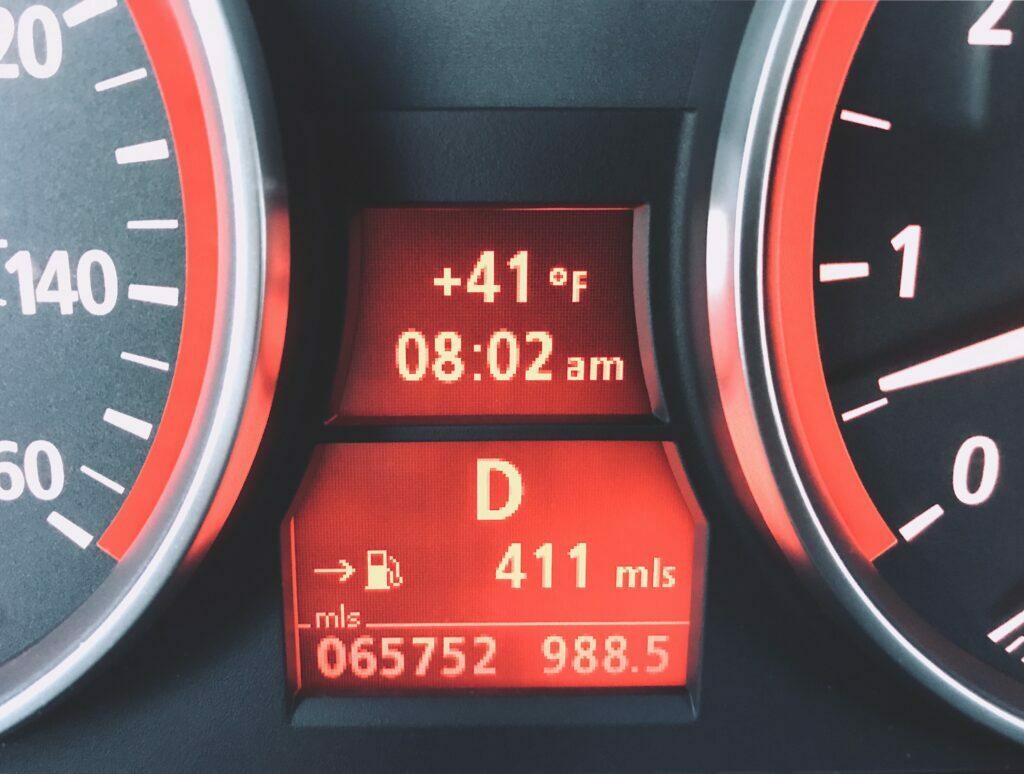
Have you ever had to travel a long distance to see your doctor for your workplace injury? Whether it’s for a specialist appointment or a medical procedure, the cost of travel can quickly add up. But what if I told you that you may be able to get reimbursed for those medical miles? In this article, we’ll explore the concept of medical miles and how you may be able to get reimbursed for your travel expenses.
How Does Medical Miles Reimbursement Works?

When you are hurt at work, workers’ compensation plans put the employer in charge of a lot of decisions. Because their plan is footing most or all of the bill, your employer directs your care. This may mean that you, as the injured worker, will be required to travel farther than you normally would to seek medical treatment. If you need to see a specialist, it may be that he or she is not in your hometown, which also means traveling a distance.
What many people don’t realize is that the distance you traveled to see your doctor can be reimbursed. Medical mileage reimbursement is a program that allows patients to be reimbursed for the cost of their travel when they visit their doctor. The program is designed to help those who have difficulty accessing healthcare due to distance or other transportation barriers.
Medical mileage reimbursement can be a valuable resource for patients who require frequent medical care. By offsetting the costs associated with transportation, patients can focus on their health and well-being without worrying about financial strain.
What Types of Medical Visits Qualify for Mileage Reimbursement?
Not all medical visits qualify for mileage reimbursement. In general, only visits related to the treatment or diagnosis of a medical condition are eligible. This includes visits to doctors, dentists, chiropractors, physical therapists, and other medical professionals.
However, routine check-ups, cosmetic procedures, and visits for personal reasons (such as getting a flu shot) do not qualify for reimbursement. Additionally, if you are traveling to a medical facility for a non-medical purpose (such as visiting a friend who happens to be a doctor), you cannot claim mileage reimbursement.
If you use public transportation, rest assured your expenses are covered as well. Just keep track of the actual costs of your fare.
Finally, in some instances, it may be necessary to incur costs for overnight lodging and meals. These, too, are reimbursed within reason.
What Documentation Do You Need to Submit for Reimbursement?

To get reimbursed for your medical mileage, you will need to provide certain documentation. The exact requirements may vary depending on the specific reimbursement program you are using, but there are some common documents you will likely need to submit.
First and foremost, you will need to provide proof of your medical appointment. This can typically be done by submitting a copy of your appointment confirmation, a receipt from the doctor’s office, or a note from your doctor verifying that you had an appointment on the date in question.
You will also need to provide documentation of your mileage. This can be done by keeping a log of your trips to and from medical appointments, including the date of each appointment, the starting and ending addresses, and the total number of miles driven. You can use a mileage tracking app or simply keep a notebook in your car to record this information.
In addition to these basic documents, you may also need to provide proof of your expenses. For example, if you had to pay for parking or tolls during your trip, you will need to provide receipts or other documentation to show these costs.
It’s important to keep all of your documentation organized and easily accessible, as you may need to submit it multiple times or provide additional information if your claim is denied or rejected for any reason. By staying on top of your paperwork and providing accurate and complete documentation, you can increase your chances of getting reimbursed for your medical mileage.
How Do You Calculate Your Medical Mileage Reimbursement?

Calculating your medical mileage reimbursement is a straightforward process. The first step is to determine the number of miles you traveled for medical purposes.
Once you have a total mileage figure, you need to multiply it by the current medical mileage rate. The IRS sets this rate each year, and for 2023, it was $0.22 per mile. So, if you traveled 50 miles for medical purposes, your reimbursement would be $11 (50 miles x 22 cents per mile). The rate changes every year, however, so be sure to take note of the new rate when logging your miles.
Overall, calculating your medical mileage reimbursement is a simple process that can help offset the cost of healthcare expenses. By keeping accurate records and checking with your insurance provider, you can ensure that you receive the maximum reimbursement possible.
If you have additional questions about reimbursement for medical travel expenses, reach out to an attorney so that you have the support you need and the care you deserve. At Oxner + Permar, we care a great deal about our clients, and we’re always here to help.









